3 September, 2018
Back in the early 1900s horse and cart ruled the dusty streets of WA’s country towns. So when a noisy metal box rolled into the Wheatbelt without a horse in sight, it was like an alien craft had landed.
When the first automobile came to Beverley, south-east of Perth, in 1903, it was a spectacle that attracted folk from all around.
The strange contraption arrived in a crate and locals crowded around and watched with childlike wonder as this seemingly magical piece of machinery was driven out of a box.
With huge leather drive belts and something that resembled a park bench for a seat, the 1901 ‘Benz’ – built before the merger of the two biggest vehicle manufacturers, DMG led by Gottlieb Daimler and Benz & Cie led by Karl Benz – was introduced to Beverley.
“People couldn’t believe it – they’d never seen a car before,” says WA motoring historian Graeme Cocks.
“It had a whole series of gizmos and levers you had to adjust to keep it going along.”
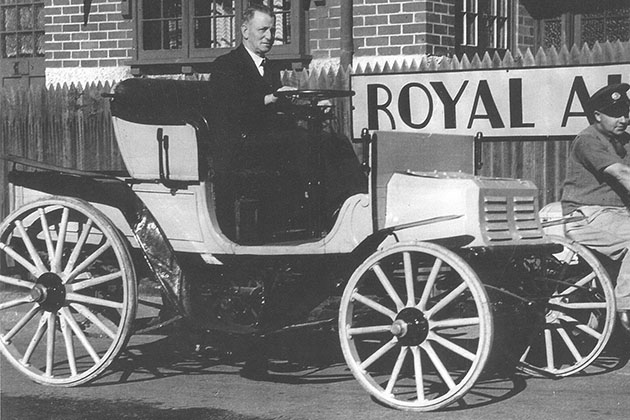
This automatic horse and cart probably inspired the same sense of wonder and trepidation as today’s driverless cars. Although, unlike modern cars, the Benz would have been a great challenge to drive, says Cocks.
The engine had to be cranked by hand to get it started, and since it barely travelled faster than a horse, its rudimentary brakes were enough.
Modern ‘luxuries’ such as headlights and a windscreen were non-existent, and it was fuelled with naphtha - a mixture similar to dry cleaning fluid and petroleum.
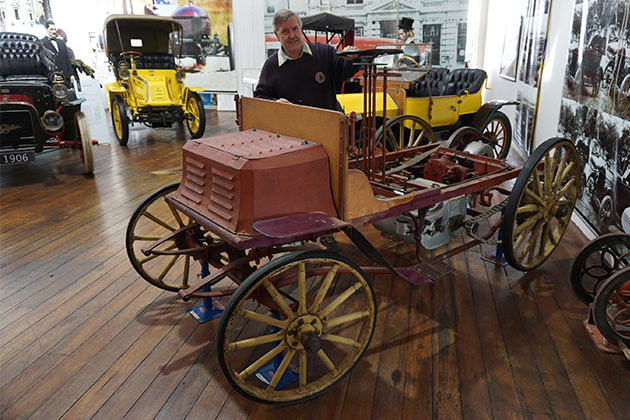
Early life
The Benz was the new toy of Avon Valley resident William De Lisle.
He bought the car second hand and drove it on Guernsey in the Channel Islands and through the UK before having it shipped to WA where it spent its early life in the Avon Valley.
Unlike today, cars were made one-by-one by machinists, which made them very expensive.
De Lisle's 3.5 horsepower, single cylinder Benz would have cost the average worker at the time around 10 years of wages. Cocks says that "cars were the plaything of the rich and the elite, and Willie De Lisle certainly wasn’t short of a few dollars.”
Speedy driver
Stories about the Benz offers an insight into what life, and early motoring laws, were like at the turn of the century.
“A lot of motorists got fined for speeding because the police didn’t like them going more than a few miles an hour in built up areas,” says Cocks.
De Lisle was caught driving the car at what was estimated as being its top speed, about 30km/h, on the Causeway in Victoria Park and was fined more than £7 – about $6000 today.
His reckless driving offense earned him the labels “furious driver”, “plutocratic motor-hog”, and “bloated motor-car owning gold bug” in newspapers.
While it might not seem fast by today’s standards, the Benz had no safety equipment.
“The roads were terrible in those days,” says Cocks.
“It would’ve been quite a bumpy ride in the Benz.”
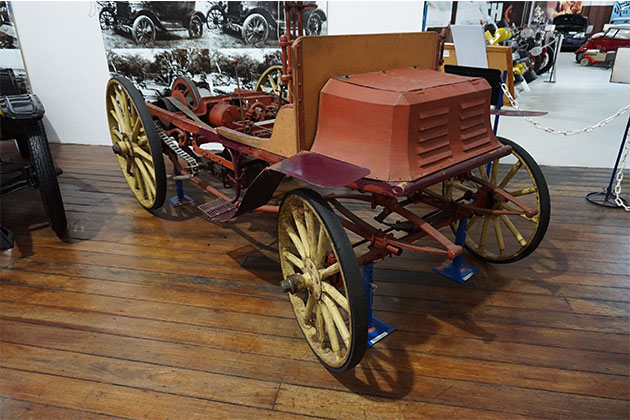
Enjoying this article?
Sign up to our monthly enews
The next chapter
After purchasing his next car, a Dion Bouton, De Lisle sold the Benz to his brother-in-law Dr Frederick House of Katanning, who had to drive around with a bucket of molasses to prevent the drive belt slipping and overheating.
It eventually became a stationary engine used to power a chaff cutter.
“The Benz’s usage on a farm as a chaff cutter was not an unusual fate for many early cars, which are often only later discovered to be important and sometimes valuable pieces of history,” says RAC motoring expert Alex Forrest.
“Thankfully, this one was saved and has survived.”
In 1927 the Benz was accepted as a gift by RAC and restored.
It took part in the State Centenary celebrations in 1929 and “after being exhibited at the Club for some time, was presented to the Museum,” according to a 1963 issue of RAC’s Road Patrol magazine.
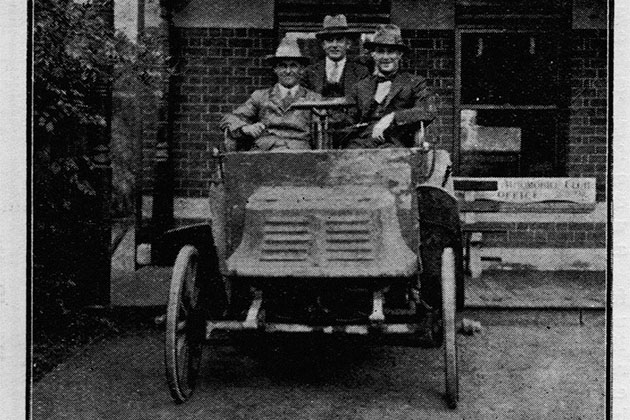
“The RAC played a role in its survival by retaining it during a time when these vehicles were regarded as impractical anachronisms from a bygone era and weren’t yet recognised for their role in the hands of WA’s motoring pioneers,” says Forrest.
After spending nearly 50 years in the care of the WA Museum, the 1901 Benz was moved to the York Motor Museum – on loan from the WA Museum in March 2017 – to enthral and educate modern motorists.
“It’s a good thing being at York because it was the first car in the Avon Valley,” says Cocks.
“Beverley is just a few miles from York – it’s come home, in a sense.”
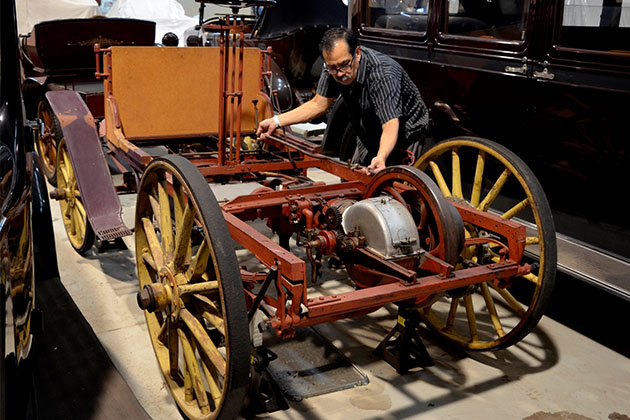
Uncovering its history
While we know most of the car’s pre-museum life, it still contains some mysteries.
Cocks says the car’s true history is still out there, as many of the original parts have been lost.
“It’s a Benz but it doesn’t appear to be built by the Benz factory,” he says.
“It looks more like it was built by somebody on the Channel Islands. It’s likely that it was made [on Guernsey] by a local body builder or by the De Lisle brothers, or they got somebody to put it together for them.
“It just doesn’t have the elements of a Benz factory car.
“But that makes it even more interesting because it’s all a bit of a mystery.”
As well as the Benz, visitors to the York Motor Museum can see eight other historical vehicles recently released from four decades of storage.
Enjoy this story? Get more of the same delivered to your inbox. Sign up to For the Better eNews.
Did you know that RAC is almost as old as this car?
RAC has been part of WA since 1905 when a small group of passionate motorists formed an automobile club. Today we're a voice for more than one million members and still working for a better WA.
